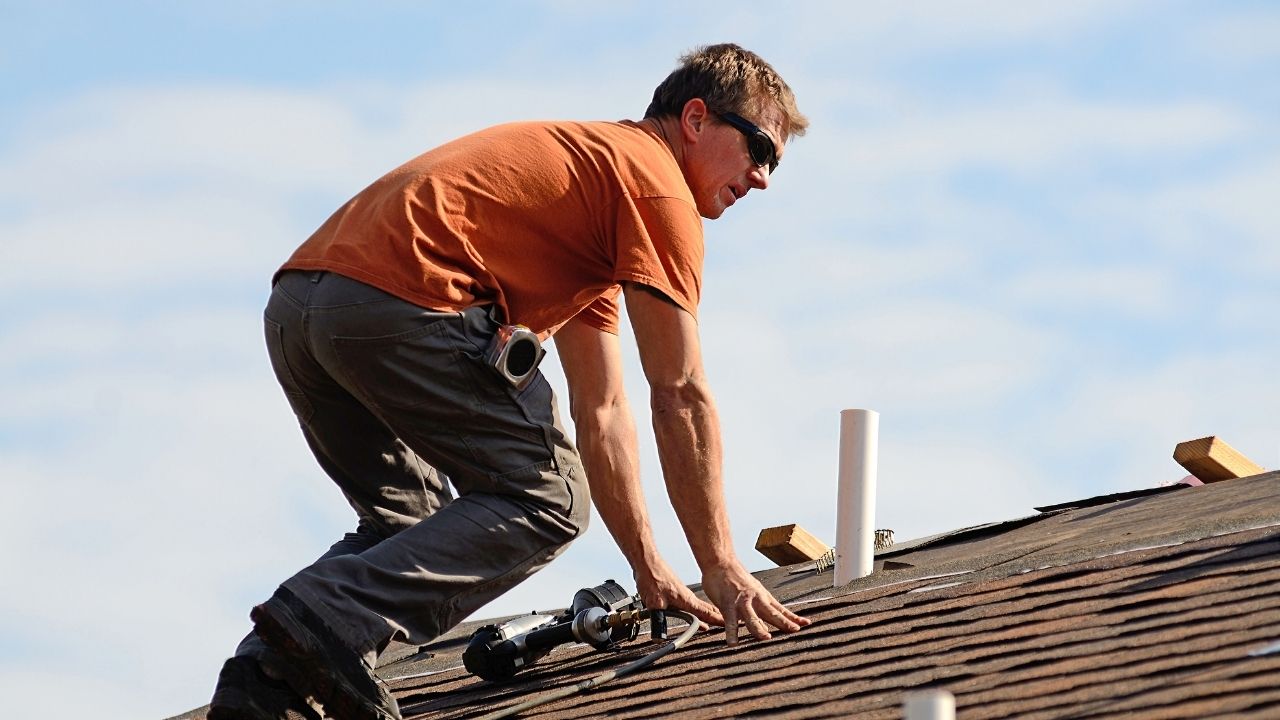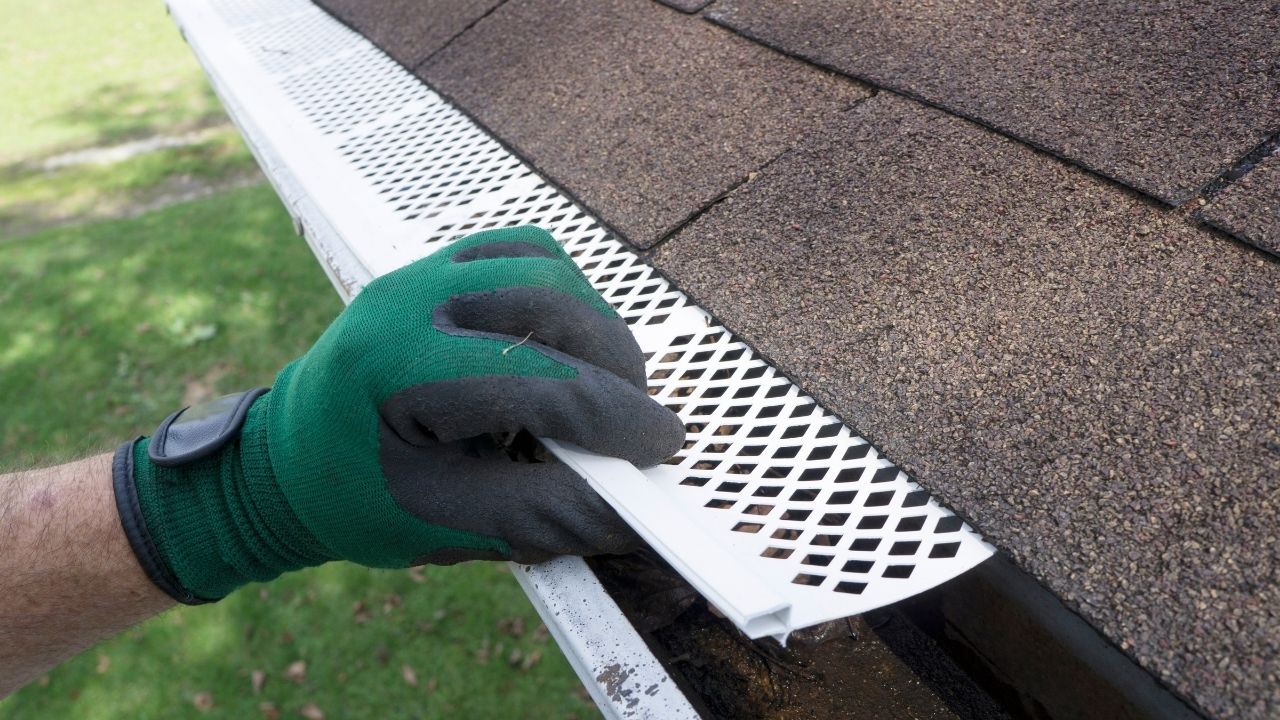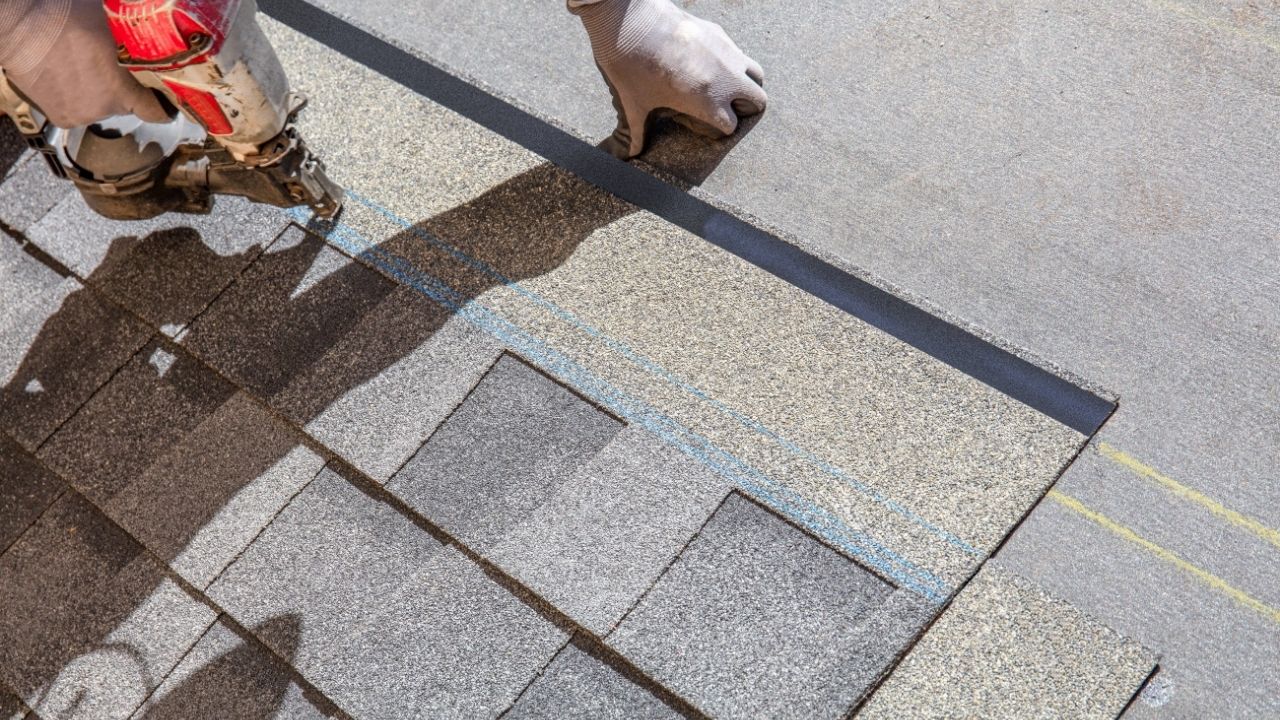
The eave is an area of a roof that extends outward from a home's side. In the past, the eaves were often unobtrusive, but these days, they are considered a more decorative element. They keep snow and rainwater off the roofs and away from walls. They are useful in traditional New England cape homes and farmhouses.
There are many functions to the eave. The eave keeps rainwater off walls, protects buildings from flooding, and helps reduce splatter. The horizontal soffit is attached at an angle to the wall and fills the eave. The eave protects against the elements and reduces roof wind load. Because it can increase the roof's weight, an eave must be designed for the local winds.

Other functions can also be performed by the eave. It prevents water from entering the building, and it also prevents leaks from entering the building. It gives shade to the windows and helps maintain indoor temperatures. Properly placed eaves will let sunlight in the winter and block the heat from the summer. It can also help define the architectural style a home. An Italianate style home will have a wide eave, and a ranch style house may have a much narrower eave.
The eave on a home is a crucial part of the roof, so it's important to pay special attention to this part of the house. No matter whether you're building a new house or renovating an existing one, the eave could make or break the exterior appearance of your home. It can protect it from rain and other elements. If installed properly, it can make a beautiful addition to your house. It keeps water out.
The eave of a roof is an important component. It runs from the roof's rafters to the exterior walls of buildings. Fascia boards or rafters can support the roof tiles. While eave boards will protect the rafters from the elements, they can also be used to shield them from damage. When building a new home, it is important to identify the location of your eave. The eave can become a disaster if it isn’t secured correctly.

The eave, another important part of a house, is also very important. Without an eave, your home could be susceptible to water leakage. An eave protects the home against the elements as well as the harsh sun. A subtropical climate will have an eave that protects the home from direct sunlight. It also shields the interior architectural features from heat and moisture.
The eave of a building's exterior is important. It is vital to protect a building from water damage. Your walls will be protected from severe weather with an eave. This type of eave also goes by the name soffit. An eave protects the exterior of your house and is a great place to install guttering. You can choose from many styles for your eave.
FAQ
Do you prefer to hire a general contractor, or a subcontractor for your project?
It is more expensive to hire a general contractor than to subcontract. A general contractor often has many workers, which means they can charge their clients more for labor. On the other hand, a subcontractor only hires one employee, so he or she charges less per hour.
How do I choose a good contractor?
Ask family and friends to recommend contractors. Online reviews are also a good option. Make sure that the contractor you choose has experience in the area of construction that you are interested in. Ask for references and check them out.
How can you remodel a house without spending any money?
These are the steps to follow when renovating your house without spending a lot of money.
-
You should create a budget plan
-
Learn what materials are needed
-
Pick a place for them
-
Make a list.
-
Calculate how much money is available
-
Plan your renovation project
-
Start to work on your plans
-
Do some online research
-
Ask friends and family to help
-
Get creative
What should I think about when buying a house?
Be sure to have enough money in reserve for closing costs before you purchase a new home. If you don't have enough cash on hand, then you might want to think about refinancing your mortgage.
Statistics
- On jumbo loans of more than $636,150, you'll be able to borrow up to 80% of the home's completed value. (kiplinger.com)
- It is advisable, however, to have a contingency of 10–20 per cent to allow for the unexpected expenses that can arise when renovating older homes. (realhomes.com)
- Most lenders will lend you up to 75% or 80% of the appraised value of your home, but some will go higher. (kiplinger.com)
- Design-builders may ask for a down payment of up to 25% or 33% of the job cost, says the NARI. (kiplinger.com)
- ‘The potential added value of a loft conversion, which could create an extra bedroom and ensuite, could be as much as 20 per cent and 15 per cent for a garage conversion.' (realhomes.com)
External Links
How To
Where can I find information regarding home improvements?
Home improvement projects are an excellent way to save money while improving your home. You don't have to spend a lot of money to make your house more appealing. You can paint, landscape, or add a hot tub to your home. If you are interested in making these changes, there are many resources online that can help you decide which project is right for you.
You can find a lot of information on the internet about home improvements. Many websites offer detailed instructions on how and when to do each task. You can see how your house would look after you have completed each task on many of these websites.
Professionals may also write articles about home improvement topics. One example is a magazine article that discusses the best paint to use for walls. This article could provide tips on choosing colors or types of paints to complement your existing decor.
There are also websites that specialize in providing advice and recommendations regarding home improvement. Websites such as Houzz.com, Pinterest.com, and Yelp.com are great places to learn about home improvement projects. Each website provides useful information on products and services that might interest you.
Some websites are just for home improvement. Lowe's.com may be a good example. Here you can browse their catalog of materials and tools for home improvement projects. It is possible to find helpful information on how you can choose and install window coverings.
Home improvements are often fun, entertaining, and rewarding. These are the things you can do to improve your home.